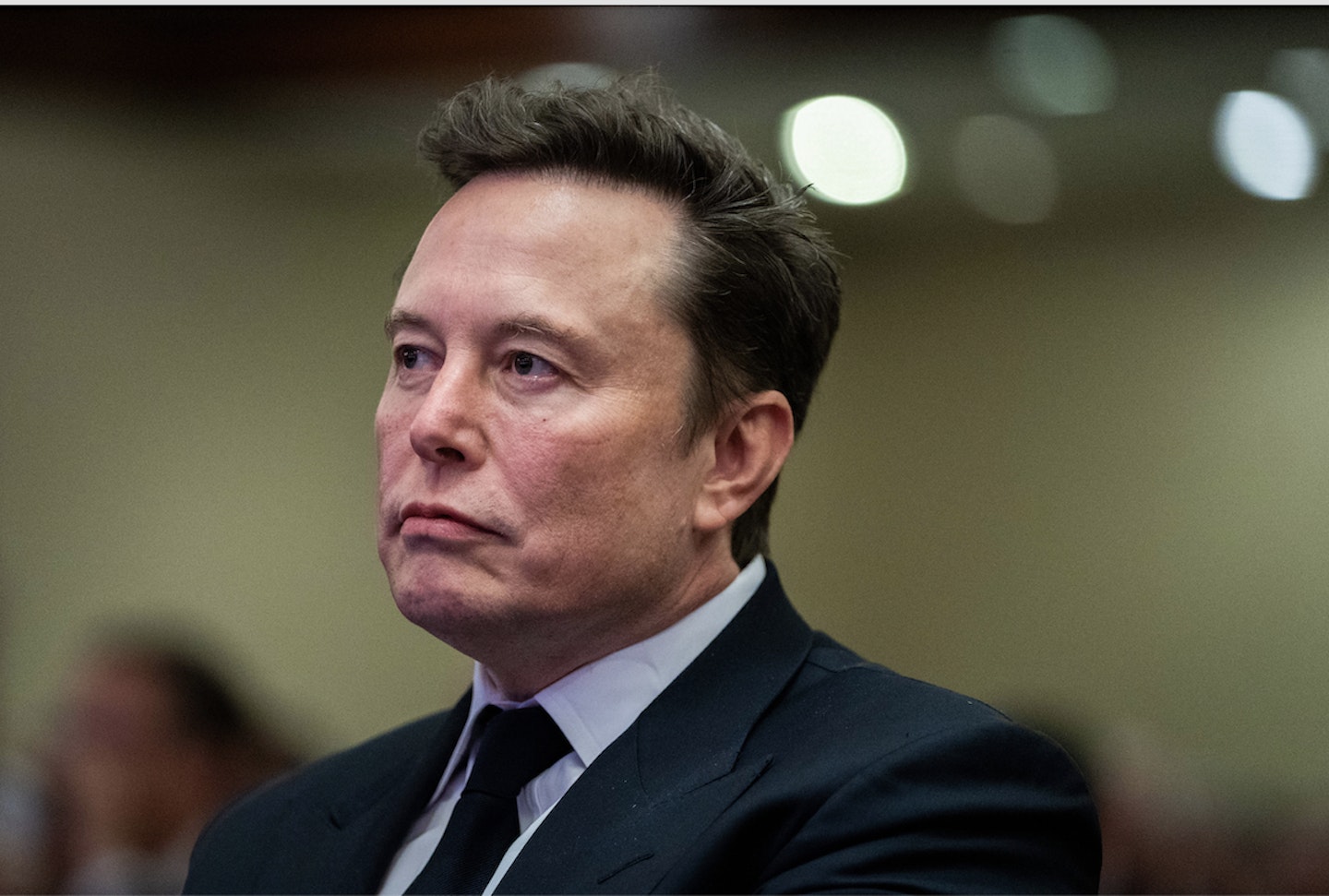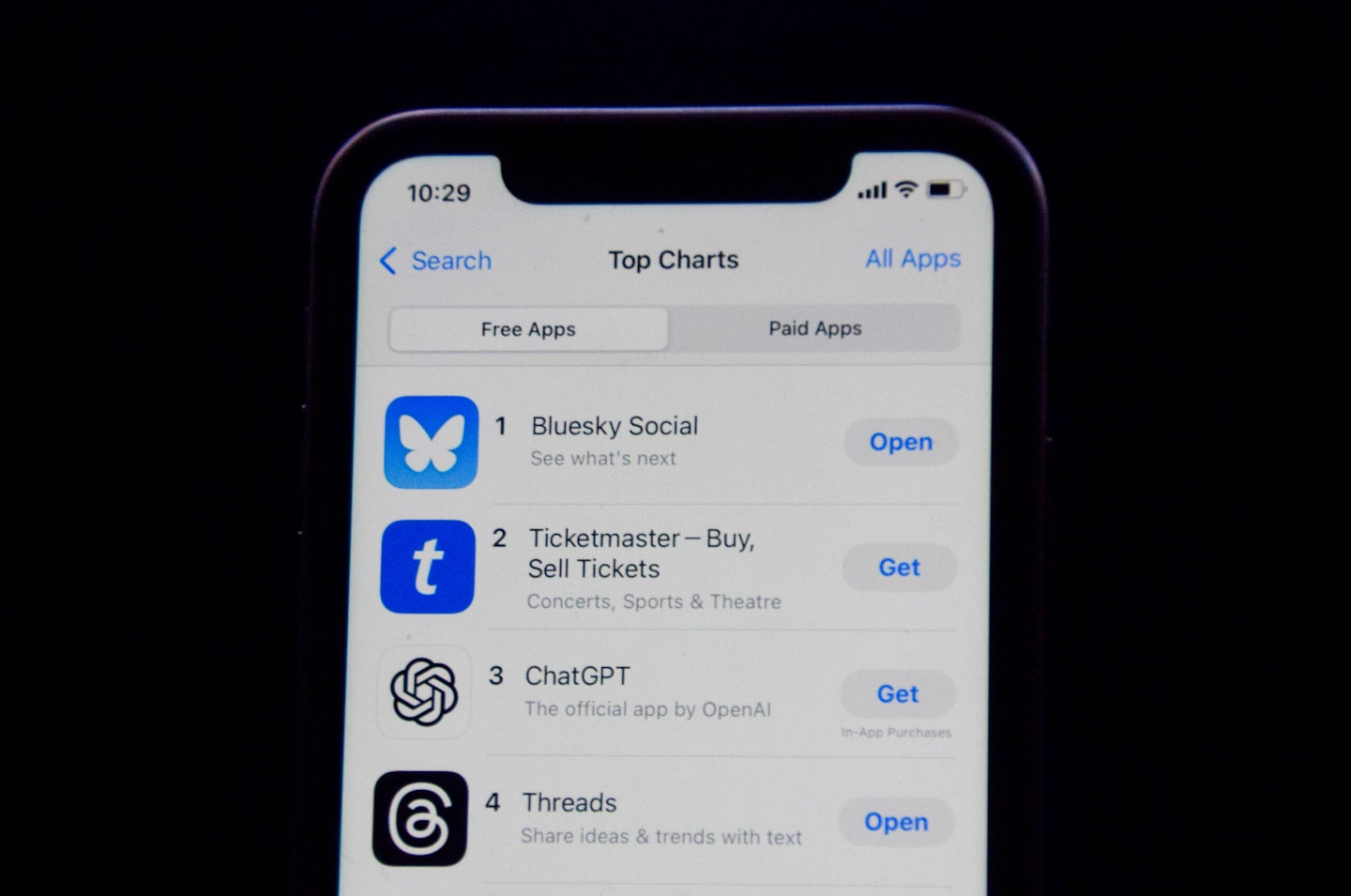Prior to and following Donald Trump’s victory in the US election, there is a growing unease about Elon Musk’s influence on X (formerly Twitter). He took over the social media platform in October 2022 and made several significant changes, many of which have proven harmful and unpopular.
Rival platform Bluesky has therefore become an increasingly appealing alternative. It was originally created as a research initiative by former Twitter CEO Jack Dorsey to investigate the possibility of decentralising the platform. It was an invitation only space until it was opened to the public in February and, following the election, it is currently the number one app in Apple’s app store.
So what is Bluesky and how does it differ to X (Twitter)? Here’s the breakdown.

Why did Jack Dorsey sell Twitter to Elon Musk?
Jack Dorsey, co-founder and former CEO, sold Twitter to Musk reportedly due to pressure from shareholders who wanted him to be replaced. Apparently, Dorsey had a ‘hands-off leadership style’ and thought Twitter had too much power to make content decisions and that its users should have more control over what they see online.
‘In principle, I don’t believe anyone should own or run Twitter. It wants to be a public good at a protocol level, not a company,’ he said when he stepped down. ‘Solving the problem of it being a company, however, Elon is the singular solution I trust. I trust his mission to extend the light of consciousness.’
What changes did Elon Musk make on X?
Firstly, he rebranded the site to be called ‘X’ instead of Twitter and changed the logo from a bird to an ‘X’ symbol. Musk also fired thousands of employees, including several top executives.
The tech billionaire also eliminated rules that banned hate speech and disinformation and allowed users to post adult and graphic content if it’s labeled as such.
He also restored suspended accounts for figures like Andrew Tate, Donald Trump and Kanye West. Musk then removed blue tick account verification for established accounts and journalists and made verification something any user could purchase.
Why are people leaving X (Twitter)?
Musk’s changes have been unpopular with many longterm users of the platform, with some criticising Musk for allowing hateful and misleading content to spread. Twitter lost millions of users after rebranding to X and usage in the US declined by more than a fifth in the subsequent seven months.
X has since lost advertising revenue and, following the result of the election, several people and organisations have publicly removed themselves from the platform altogether.
Brands such as Disney, Apple, IBM, Paramount and Comcast have paused the running of ads on the service after they were found running alongside extremist content, including pro-Nazi posts.
Jamie Lee Curtis, The Guardian and even Bristol Suspension Bridge join a long list of accounts who have already waved goodbye to the social media platform. Elton John left in December 2022, as did rapper Meek Mill, swiftly followed by Jim Carrey, Whoopi Goldberg, Shonda Rhimes, Gigi Hadid, Toni Braxton, Jameela Jamil and more.
What is Bluesky?
Bluesky’s ethos is ‘social media as it should be’. The site, which is primarily owned by chief executive Jay Graber, invites users to find their community among millions of users and to ‘unleash’ their creativity and ‘have some fun again’. It is a decentralised microblogging social networking service primarily operated by Bluesky Social, PBC.
The platform has added 1 million new members, largely from the US and the UK, following the US election as users are seeking a different, safer and more inclusive social media experience.
It currently has more than 15 million users around the world, up from 9 million in September.

Bluesky has seen a surge of new users following the US election. (Photo: IMAGO) ©IMAGO
How is Bluesky different to X?
Unlike traditional social media platforms such as X and Facebook, which are centralised and controlled by one company, Bluesky provides an alternative that aims to mitigate issues such as censorship, data privacy concerns and centralised control.
Social media researcher Axel Bruns said the platform has a more effective system for blocking or suspending problematic accounts and policing harmful behaviour.
‘It’s become a refuge for people who want to have the kind of social media experience that Twitter used to provide, but without all the far-right activism, the misinformation, the hate speech, the bots and everything else,’ he said.
‘The more liberal kind of Twitter community has really now escaped from there and seems to have moved en masse to Bluesky.’ On Monday night, New York congresswoman Alexandria Ocasio-Cortez posted that she was ‘back’ on Bluesky, writing: ‘Good GOD it’s nice to be in a digital space with other real human beings.’ Her post was liked by 27,000 people.
On first glance, Bluesky looks very similar to X and has many of the same features. Users can like, reshare and reply to other user’s posts, follow each other, and the individual profiles look very much the same as they do on X.
How is Bluesky different to Threads?
Bluesky is still second to Meta-owned Threads in the social networking category on Apple’s US App Store, which reported reaching 275 million monthly active users in November, up from 200 million in August.
Bluesky has recently added features including direct messaging and video compatibility to more closely resemble X and distinguish itself from Threads.
Nikki Peach is a writer at Grazia UK, working across pop culture, TV and news. She has also written for the i, i-D and the New Statesman Media Group and covers all things TV for Grazia (treating high and lowbrow shows with equal respect).








